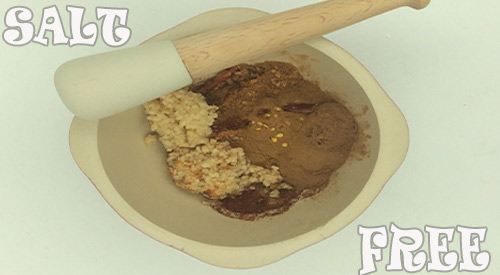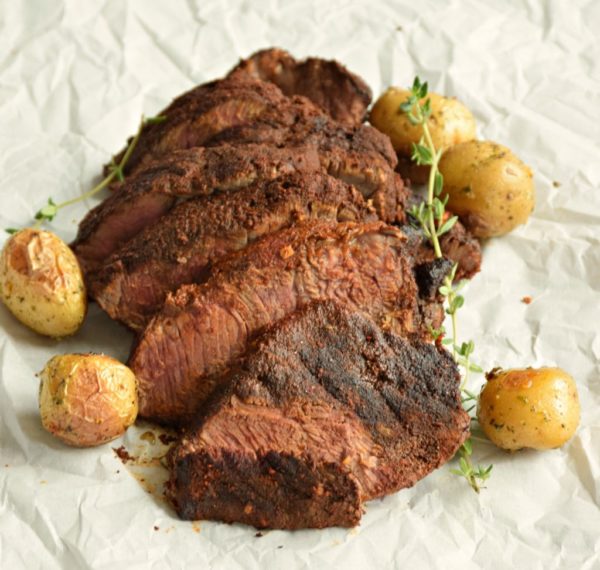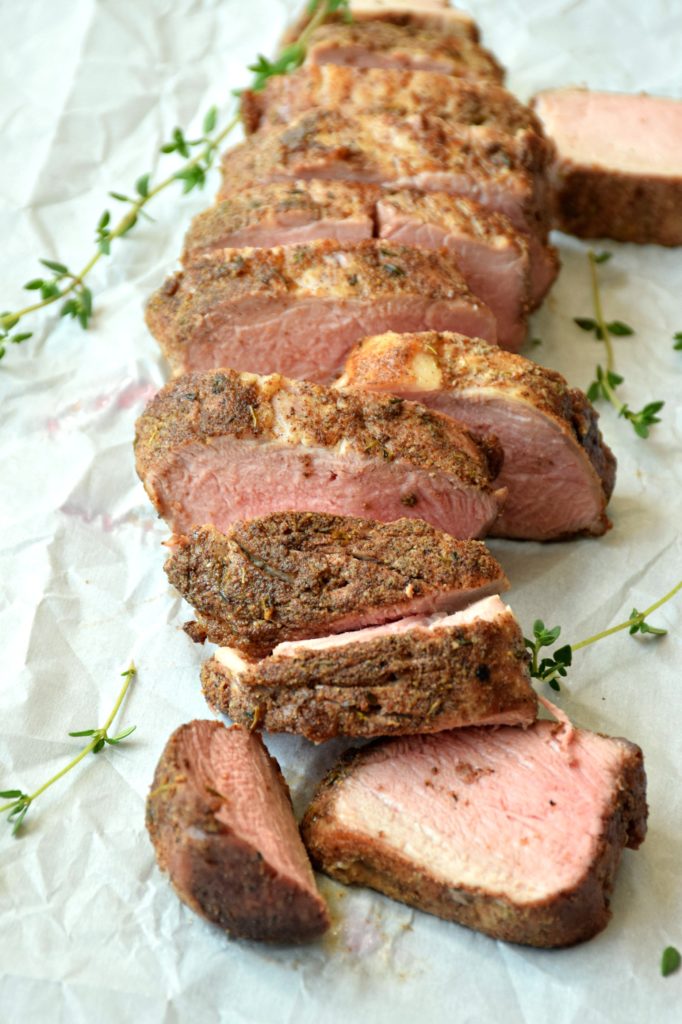Wed 30 May 2018
YOU ARE WHAT YOU EAT – APPLIES TO WOOD COOKING
Posted by DrSmokeRead other related stories: Cooking With Wood , Outdoor Cooking
No Comments

“You are what you eat” is a saying that is truer today than it was years ago!
‘YOU ARE WHAT YOU EAT’ APPLIES TO WOOD COOKING
Summary of You Are What you Eat
Healthy eating recipes, eat smart with Bark free cooking wood, cooking wood as a food ingredient is a clean eating basic. Responsibly sourced wood and only using heartwood Hardwoods avoids what woods are toxic to humans. Please remember you are what you eat when it comes to smoke flavor in food and your sourced wood.
We’ve all heard it, likely from our mothers. You are what you eat. If you truly understand the meaning of the statement, you know that we extract necessary nutrients from the foods we ingest to energize and stabilize our bodies. The nutritional content of what we eat determines the composition of our cell membranes, bone marrow, blood, and hormones. Every day we lose cells which is why the foods we consume are so vital to our body’s health.
Like Any Other Food Choice
If you’ve been a follower of my writings then you are aware of the stress I put on recognizing the wood used to cook foods is just as important an ingredient as the cut of meat, choice of spices, quality of oil, etc. There has been a lot of focus on the origin of food and how important it is to source locally both as a means of supporting local business and to control what you’re putting in your body. From our perspective, you want to know that the wood used for cooking is sourced close to the growing area. This ensures that there is knowledge about how the wood is processed before it gets to you and it assures the freshest product.
Minimal Processing
Just as with the clean food concept which focuses on minimally processed foods and as direct from nature as possible, SmokinLicious® holds to the same approach. Sourcing wood from forest regions (direct from nature) that are in close proximity to our manufacturing facility, provides us with the unique advantage to process into the various cooking products the hardwoods harvested that meet our strict criteria: 100% bark-free (we don’t allow any bark-on product to cross our threshold), 100% heartwood (no outer cores of the tree cross our threshold), harvested hardwood that is less than 6 months of age (ensures this is still a “green” product), chemical-free (no pesticide or growth enhancement techniques employed), and in raw state to allow us to process it into a suitable cooking wood size.
The Risks
If you love foods that are cooked with wood, then you should know a few specifics to keep you on the path to health and long life.
Hardwoods only!
- Softwoods or coniferous woods should never be used for cooking as they have elevated sap levels and more air in their cell structure. This causes them to burn fast, produce lots of sparks, and unpleasant flavors that are not ideal for flavoring foods. These include pine, redwood, cedar, fir, spruce, hemlock, larch, cypress.
Toxicity Risks:
- There are many known toxicities in certain species of wood with softwoods containing the highest risk. Other woods have the potential to cause sickness and in some cases death if a person’s system is already compromised. Most of the risks are associated with the cooking process rather than the ingestion of the actual wood-fired food. But know that if a balance of the wood-tar creosote is not found, then the ingestible risks of the food heighten. One of the best means of obtaining a balance is by starting with hardwoods that are considered safe for cooking, are clean, are bark-free, and derive from the inner cores rather than outer of the wood, where more impurities lurk.
Cooking Technique Influence Risk:
- At some point, I’m sure you’ve read about heterocyclic amines (HCAs) and polycyclic aromatic hydrocarbons (PAHs). These are the chemicals that form when meats, poultry, and fish are cooked using higher temperature methods like grilling. Why does this pose a health risk? Because these chemicals cause changes in DNA and when you change DNA and they are metabolized by specific enzymes in the body, you can increase the risk of cancer associated with these compounds. There is no definitive link between HCA and PAH exposure from cooked meats and cancer in humans. There is no way to differentiate between other exposures to the chemicals from the food exposure.
HCAs are found to only be associated with meat cooked at high temperatures. While PAHs can be found in other smoked foods. Remember, PAHs are also in cigarette smoke and fumes from car exhaust. A recommendation is to remove any charred portions of meat, continuously turning meat over the high heat source, and avoiding direct exposure of meat to the open flame to reduce exposure. Here’s a tip that can also reduce the risk of forming HCAs – marinate your foods for at least 10 minutes.
Purchase products:
Wood Chips: Grande Sapore®, Minuto®, Piccolo®
Wood Chunks: Double & Single Filet

More Related reading on this subject
Additional reading:
-Food & Smokehouse Processing Double Standard?
-TO BARK OR NOT
-COOKING WITH WOOD YOU SHOULDN’T HAVE TO THINK ABOUT YOUR SAFETY
-HOT TREND MAY NOT BE THE SAFEST BET

Dr. Smoke- As we promote a healthy diet enjoying different foods please remember “you are what you eatII” !





